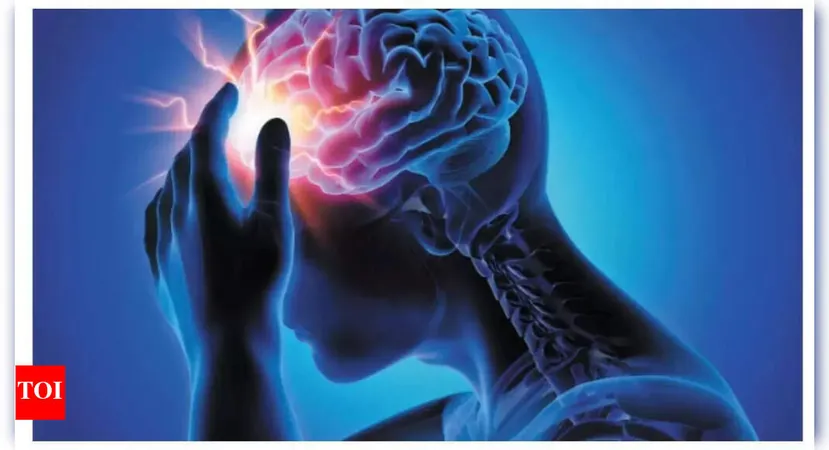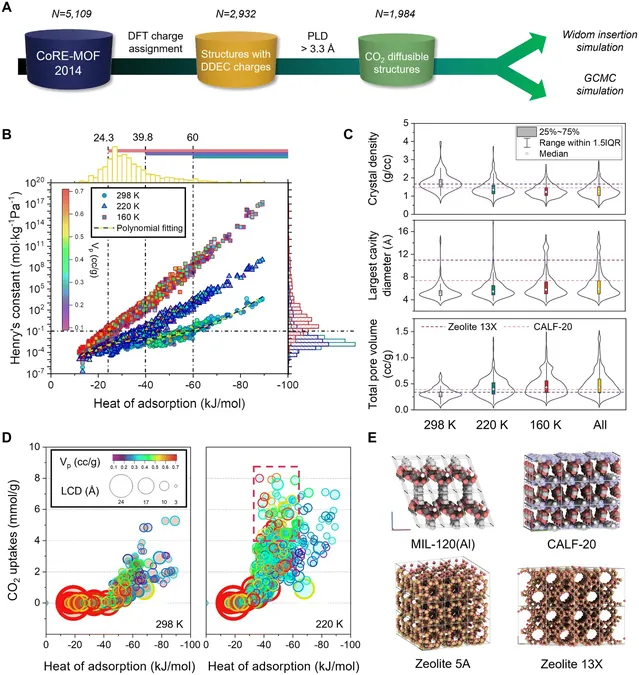
Early Treatment of HFrEF: A Game Changer in Heart Failure Management
2024-09-30
Author: Rajesh
Introduction
Early intervention with guideline-directed medical therapy (GDMT) for patients newly diagnosed with heart failure with reduced ejection fraction (HFrEF) has shown remarkable benefits in improving heart function and reducing hospital readmissions.
Key Findings
Findings presented at the Heart Failure Society of America 2024 Annual Meeting highlighted that rapid initiation of GDMT significantly enhances left ventricular ejection fraction, lowers brain natriuretic peptide (BNP) levels, and decreases the likelihood of heart failure-related hospital visits.
Efficacy of GDMT
Despite strong evidence from clinical trials indicating the efficacy of GDMT in improving patient outcomes and reducing mortality associated with HFrEF, the actual application of such therapies remains disappointingly low.
Components of Effective Therapy
A combination of pharmacological advancements and ongoing quality improvement measures are necessary to bridge these gaps in treatment adherence. Researchers emphasize the urgency of initiating an aggressive treatment regimen that includes a comprehensive combination of beta-blockers, angiotensin receptor neprilysin inhibitors (ARNi), sodium-glucose cotransporter 2 inhibitors (SGLT2i), and mineralocorticoid receptor antagonists (MRA).
Impact of Quadruple Therapy
This quadruple therapy approach has been shown to significantly diminish cardiovascular mortality and enhance survival rates when compared to traditional treatment options.
Study Analysis
To investigate the outcomes of early therapy initiation, a study analyzed the effects of intensified use of ARNi and SGLT2i among patients with newly diagnosed or chronic HFrEF attributed to ischemic and non-ischemic cardiomyopathy. Between 2020 and 2023, 284 patients participated in a GDMT optimization program led by healthcare professionals, including nurse practitioners and pharmacists.
Patient Monitoring and Results
Participants were carefully monitored until they reached either targeted or maximally tolerated doses of triple or quadruple therapy, with ongoing assessments including echocardiographic evaluations, laboratory results, and clinical classifications according to the New York Heart Association (NYHA).
Demographics and Outcomes
In this cohort, which had an average age of 64 with 70% being men, a staggering 94.9% of participants commenced the program within three months of their clinic evaluation. A significant portion (55%) presented with new-onset heart failure, predominantly non-ischemic cases (62.3%).
Conclusion of the Study
Results at the end of the study revealed substantial improvements across both therapy groups. Patients treated with triple and quadruple therapies both experienced notable increases in the rates of ARNi and SGLT2i utilization. Notably, patients in the new-onset segment demonstrated an even greater enhancement in left ventricular ejection fraction, alongside a marked decline in BNP levels.
Significance of Early Treatment Initiation
Furthermore, heart failure-related hospitalizations were significantly lower among the new-onset patients (7.5% hospitalization rate) compared to those with chronic heart failure (19.2%).
Research Implications
The researchers underlined the pressing need for prompt treatment initiation following a diagnosis of HFrEF, stating that among patients diagnosed regardless of the underlying cause, early GDMT led to superior enhancements in heart function and reduction in hospital readmissions.
Future of Heart Failure Management
As the field continues to evolve, this research underscores a critical turning point in heart failure management that could lead to improved outcomes for countless patients struggling with HFrEF.
Further Information
For more insights and coverage from the Heart Failure Society of America 2024 Annual Meeting, stay tuned for our upcoming articles!



 Brasil (PT)
Brasil (PT)
 Canada (EN)
Canada (EN)
 Chile (ES)
Chile (ES)
 Česko (CS)
Česko (CS)
 대한민국 (KO)
대한민국 (KO)
 España (ES)
España (ES)
 France (FR)
France (FR)
 Hong Kong (EN)
Hong Kong (EN)
 Italia (IT)
Italia (IT)
 日本 (JA)
日本 (JA)
 Magyarország (HU)
Magyarország (HU)
 Norge (NO)
Norge (NO)
 Polska (PL)
Polska (PL)
 Schweiz (DE)
Schweiz (DE)
 Singapore (EN)
Singapore (EN)
 Sverige (SV)
Sverige (SV)
 Suomi (FI)
Suomi (FI)
 Türkiye (TR)
Türkiye (TR)
 الإمارات العربية المتحدة (AR)
الإمارات العربية المتحدة (AR)